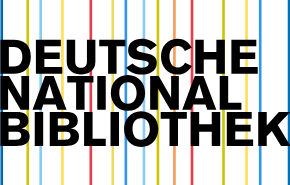The Making of Police Professionalism in Sudan: Historical Insights
Abstract
This paper explores the establishment and development of police professionalism in Sudan, tracing its historical trajectory from colonial-era beginnings to contemporary advancements. It examines the influence of colonial administration, post-independence reforms, and the sociopolitical dynamics that shaped the evolution of police doctrine in Sudan. Key aspects include the adoption of modern policing principles, the challenges of localizing professional standards, and the impact of societal and cultural factors on law enforcement practices. The study highlights milestones in the professionalization of Sudan's police force, offering valuable insights into the interplay between history, governance, and policing in the region.
Keywords
Police Professionalism, Historical Development, Policing DoctrineHow to Cite
References
Abdelrahman, M. A. (2013). Policing in Sudan: Historical developments, current challenges, and future prospects. Police Practice and Research, 14(5), 423-437.
Alawad, M. A. (2019). Police reforms in Sudan: An analysis of challenges and prospects. Journal of African Union Studies, 8(2), 37-52.
Bashir, A. A. (2016). The historical development of policing in Sudan. International Journal of Humanities and Social Science Research, 6(1), 1-15.
Federal Ministry of Interior (2015). National police strategy 2015-2019. Khartoum, Sudan: Government Printer.
Hamid, N. E. (2011). Police and human rights in Sudan. Journal of Human Rights Practice, 3(1), 38-59.
Suliman, H. (2014). The Sudanese police: History, structure, and function. In S. S. Chiluwa & E. G. Erimma (Eds.), Handbook of contemporary issues in African societies (pp. 287-306). Springer.
UN Development Programme (2018). Sudan: Human Development Report 2018. Khartoum, Sudan: UNDP Sudan.
Copyright (c) 2024 Aadan Kimathi

This work is licensed under a Creative Commons Attribution 4.0 International License.
Authors retain the copyright of their manuscripts, and all Open Access articles are disseminated under the terms of the Creative Commons Attribution License 4.0 (CC-BY), which licenses unrestricted use, distribution, and reproduction in any medium, provided that the original work is appropriately cited. The use of general descriptive names, trade names, trademarks, and so forth in this publication, even if not specifically identified, does not imply that these names are not protected by the relevant laws and regulations.





